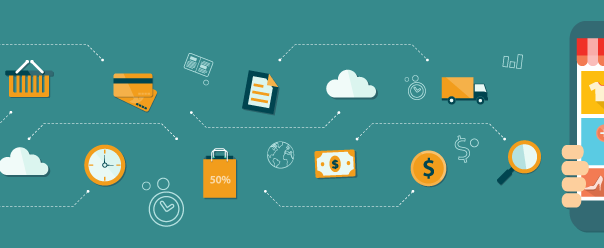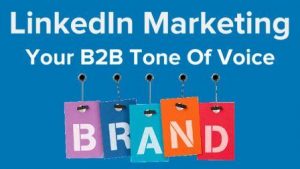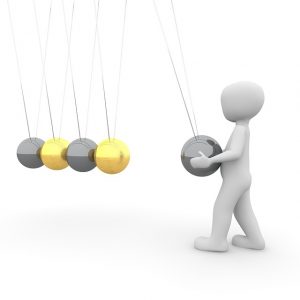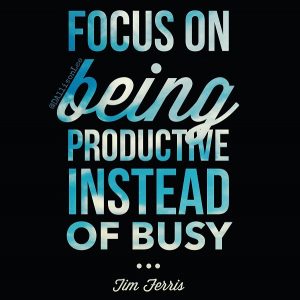
As we approach Christmas and the craziness of the Black Friday and Cyber Monday events, we should highlight the importance of upselling products and services to maximise revenue. In this article we explain what upselling is and how email marketing plays a part in connecting with customers who are already engaged.
What is Upselling?
Upselling is a common sales technique used by retailers. The aim is to encourage customers to buy a more expensive product or additional products to compliment the ones they’ve already purchased. For example, recommending printer inks, an extra-long cable and paper for the printer they’re purchasing.
There are many different ways to upsell and you can do it at various points of the buying cycle. The most common way for retailers is at basket stage, with many also upselling on individual product pages of their website. Email shouldn’t be overlooked as it presents an opportunity to re-engage with customers and draw them back in to drive sales. Email can also be used effectively to support and follow up on website activity.
Email Marketing Examples of Upselling Products
Website Behavioural Emails
When targeting customers who have recently visited a product page on your website, include other recommended products you wish to upsell. Showing more choice may entice them to return to your website and complete a purchase.
Basket Abandonment Emails
Use the opportunity to upsell products via your basket abandonment programme. Include other recommended products in your email when reminding customers to complete their purchase. They may take a liking to the more expensive product shown or decided to add a few accessories to their order.
Post-Purchase Emails
Use dynamic content to populate a recommended products section on your post-purchase emails. You can do this via Transactional SMTP emails or triggered emails, which are easy to set up in our own email marketing platform using the data management tools and drag-and-drop email builder.
If your customer hasn’t snapped up the products at basket stage, post-purchase emails are great for promoting them again. For example, you could encourage your customer to take out an insurance package on the item of jewellery they just bought and list the benefits in doing so.
You’ll have to make a judgement call on when these emails are triggered, but purchase review emails also present an opportunity to upsell and gather feedback on their most recent order.
Update the subject line to let them know there’s something else inside worth looking at, such as ‘Review Your Recent Order – Plus an Offer Not to Be Missed’.
Upgrade Campaigns
Have you ever signed up for something and received a series of emails asking if you want to upgrade? This is upselling and a clever way of persuading the customer to sign up to a more expensive plan after they’ve trialled the product.
Renewal Reminders
Triggering emails at a specific point in a product lifecycle can prompt re-purchase, which is also your opportunity to upsell. For example, sending your customers a renewal reminder for annual travel insurance with various options to upgrade the package.
The Benefits of Upselling
Upselling presents many benefits for both the customer and retail. It helps you to develop relationships by pushing products that are relevant and useful to that customer, which means they’ll see value in your service and are more than likely to return.
It’s usually easier to sell to a current customer opposed to a new customer. By upselling you’re letting the customer know that you take notice of what they’re interested in, making it easier for them to find these products and maximising return on investment – what more could you ask for?
Things to Consider
You’ll need to connect real-time data to your email marketing platform in order to trigger campaigns containing relevant content. Speak to your email service provider to see if this is possible and if they can help with setting up your campaigns.
You’ll also need relational data connecting products to each other, which can be done by categorising in datatables. For example, linking insurance packages to electronic products. The other way is to categorise products by the demographic of your customers.
Following on from our recent permission-based email marketing article, if your emails are triggered by a customer action then asking them to opt in isn’t something to worry about. Just don’t be too pushy, you want to keep your customers happy after all.
Digital & Social Articles on Business 2 Community(25)







